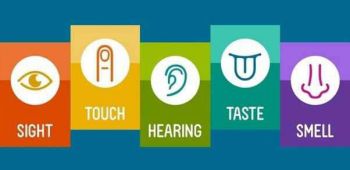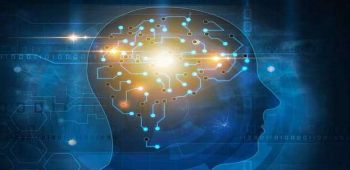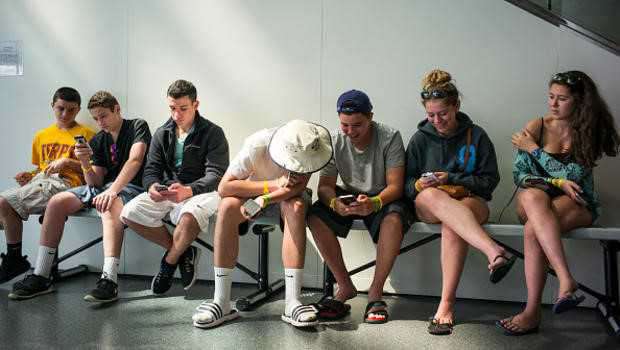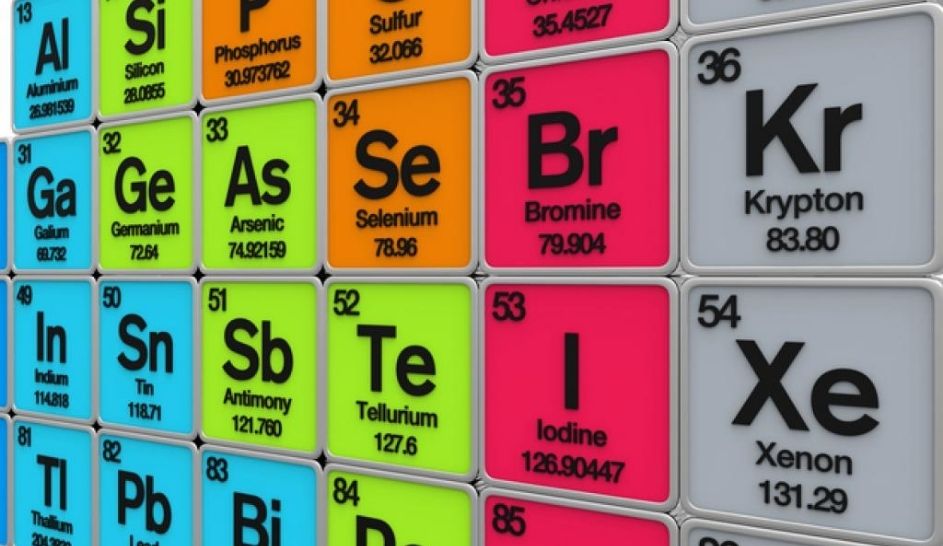We all seem addicted to our smartphones and its little wonder. They were developed with certain aspects of the slot machine in mind. The average person checks their phone 150 times per day. A recent survey conducted in finds that 82% have their own smartphone. It was discovered that 92% use it while out shopping, 78% while eating at home (when they should be talking to their loved ones), and 44% while crossing the street.
Teens may be the group which is the most addicted to smartphones. 73% of US adolescents have a smartphone or can gain access to one. Of them, 96% go on the internet daily, a Pew Research Center poll found. Should parents limit exposure? Probably. One of the concerns is socialization. Being used to doing most of their social interactions online may cause teens to find it difficult to address issues and interact with others face-to-face.
The concerning fact is that neuroscientists have wondered what all this exposure to smartphones is doing to our neurological health, especially in children and teens whose brains are still developing. Even a novel approach was used to find out by Hyung Suk Seo, M.D., professor of neuroradiology at Korea University in Seoul, South Korea and colleagues.
In an experiment, firstly 19 young people were recruited and they were treated for smartphone or internet addiction. 9 were boys and 10 girls. Their average age was 15.5. Next, the severity of their addiction was evaluated using standardized addiction tests. These assessed their productivity, feelings, social life, and daily routines.
Turns out, smartphone-addicted teens had higher rates of anxiety, depression, impulse control problems, and sleep disorders. Then all the participants were compared to 19 other teens who matched their group in age and gender makeup. These stood as healthy controls.
Dr. Seo and his team examined the teens by a technique called magnetic resonance spectroscopy (MRS). This identifies and tracks the movement of biochemical within the brain. Usually, MRS is employed to calculate biochemical concentrations in patients with Alzheimer’s, brain tumors, or certain mood disorders. It was discovered that teens that were being treated for smartphone or internet addiction were much more likely to suffer from anxiety or depression. Chemical imbalances in the brain are responsible.
12 of the addicted participants received cognitive behavioral therapy (CBT) over the course of the study. The type used was adapted from a program catering to gaming addicts. It was discovered as participants had MRS exams before and after CBT took place. What researchers found is in smartphone and internet addicts, a certain neurotransmitter in a part of the brain called the anterior cingulate cortex, had a higher level of activity than normal.
This area is known to be linked to addiction. It’s associated with the reward center of the brain. So, it can be said from this research that the brain has been altered as a result of the internet or smartphone addiction.
The identified neurotransmitter is called gamma-aminobutyric acid (GABA). In greater concentrations, it’s known to slow brain signals. Previous studies have found GABA is involved in motor control, the regulation of certain brain functions, and vision. An overabundance of GABA may lead to anxiety.
Also, another neurotransmitter in the avalanche was there between those with such addiction is glutamate-glutamine (Glx). Ratios of GABA to Gix or GABA to creatine in this area of the brain helps regulate the emotions and cognitive ability.it is proved that if they’re out of balance Addiction, anxiety, and depression can occur.
Higher GABA activity may be related to the breakdown of certain integration and regulatory processes within the cognitive and emotional networks of the brain. Fortunately, when, the ratios of both neurotransmitters returned to normal after smartphone and internet addicts underwent CBT. These findings were recently reported at the annual meeting of the Radiological Society of North America, this year held in Chicago. According to Dr. Seo and colleagues, these changes in the brain may mimic those seen in other addictive disorders.
One limitation was the size of the sample used. A much larger follow-up study should be conducted. Some experts suggest including fMRI scans as well, so that blood flow can also be tracked. These results "may contribute to our understanding the pathophysiology of and treatment for addictions," Dr. Seo said. Even the findings of all these researches are compelling; they remain preliminary until they’re published in a peer-reviewed journal.

 Going Deep In The Ma..
Going Deep In The Ma..
 Is A Dark Matter Hol..
Is A Dark Matter Hol..
 Leonardo's Salvator ..
Leonardo's Salvator ..
 Exhibiting New Sense..
Exhibiting New Sense..
 Creation Of Fusion E..
Creation Of Fusion E..
 10 Most Influential ..
10 Most Influential ..
 Noble Prize Winner E..
Noble Prize Winner E..
 Higher IQ People And..
Higher IQ People And..



















Comments